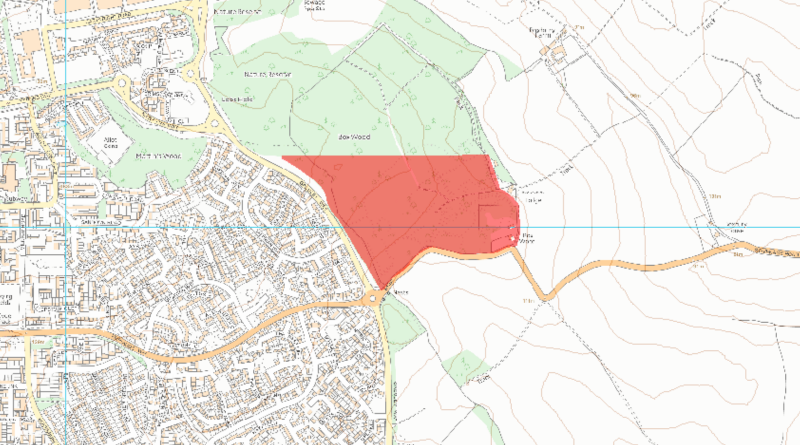Box Wood was registered and Listed with English Heritage as an Ancient Monument in 1988. A large portion of the wood has evidence of earthworks and ‘Tofts’ which can be easily seen throughout the year. These present themselves as large artificial banks of soil, especially made as a defences in ancient times.
The National Heritage List for England, or ‘The List’, originated in 1882, when the first powers of protection were established. These developed into what we know today as statutory ‘Listing’ just after the Second World War.
Drawing together all scheduled monuments, listed buildings, registered landscapes and battlefields, and protected wrecks, The List now holds over 400,000 entries and it is continuously updated by Historic England.
Box Wood is mentioned in the Domesday Book – the manuscript record of the ‘Great Survey’ of much of England and parts of Wales completed in 1086 by order of King William the Conqueror.
Boxwood House is said to have been built on the foundations of an old church and its gardens are believed to hold the remains of the victims of The Black Death – the deadliest pandemic recorded in human history. The Black Death resulted in the deaths of up to 75–200 million people in Eurasia and North Africa in the 1300s. Old yew trees from the cemetery still grow close to Boxwood House.
There is an increasing number of people trying to illegally metal detect in the area. Anyone seen trespassing in this way will be reported to the police.

